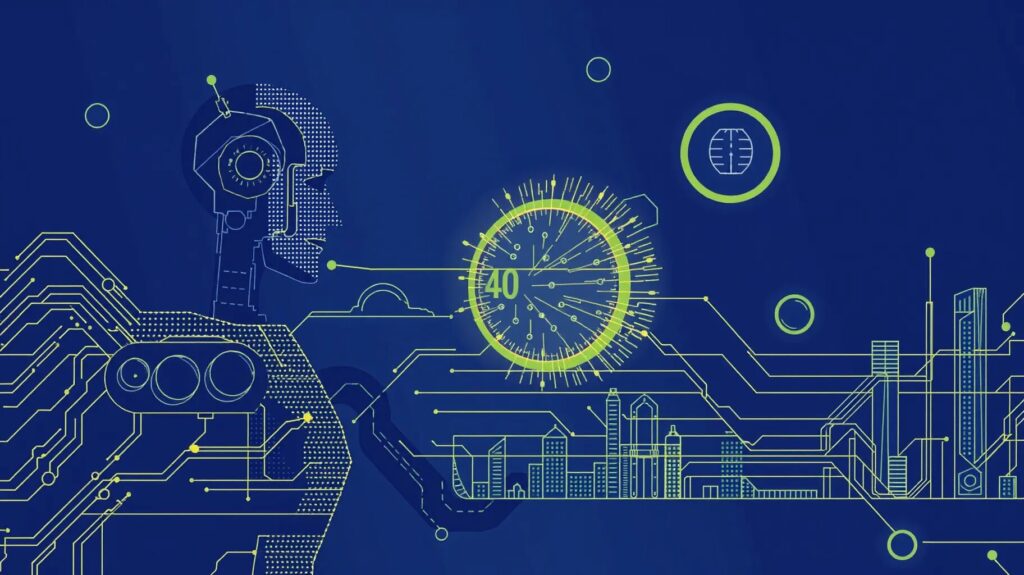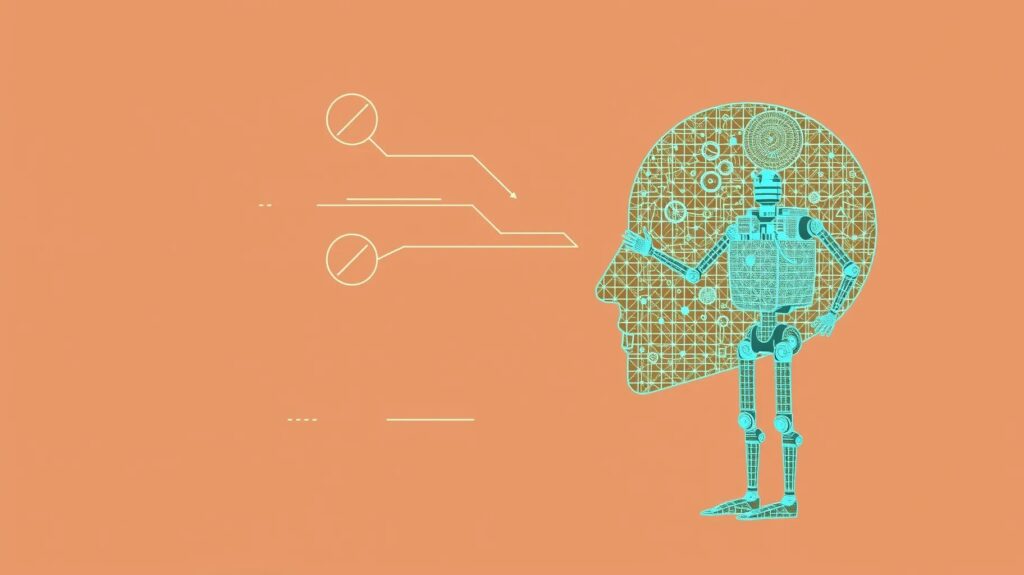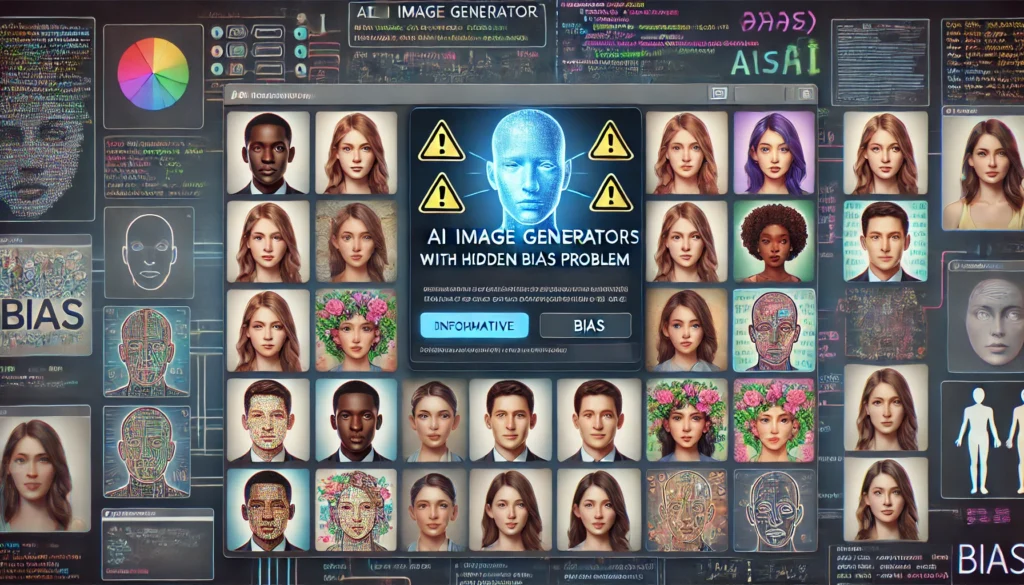
Imagine you’re faced with a life-changing decision. You’re weighing options, considering risks, and maybe even consulting experts. Now, picture this process sped up, optimized, and backed by vast amounts of data you could never fully process alone. That’s what Artificial Intelligence (AI) is doing for critical decision-making today. From healthcare to finance, to even criminal justice, AI is stepping in to help humans make faster, smarter, and more accurate decisions. But how does it actually work, and should we trust it?
The Growing Role of AI in Decision-Making
We’re living in a world where the amount of available information is overwhelming. No single human, no matter how skilled, can process all the data points needed for truly informed choices in certain high-stakes scenarios. That’s where AI shines. By analyzing data at incredible speeds, AI can spot patterns, predict outcomes, and make recommendations based on facts and trends we might overlook.
Let’s take a closer look at a few sectors where AI is playing a crucial role in critical decision-making.
Healthcare: Life or Death Decisions
In healthcare, the margin for error can be razor-thin. Doctors have to make life-or-death decisions, sometimes within moments. AI systems like IBM’s Watson or Google’s DeepMind have been trained to analyze medical records, research papers, and even genetic data to offer treatment recommendations.
Here’s what makes it remarkable: AI doesn’t just look at a patient’s symptoms; it cross-references with millions of other cases, spotting patterns that even experienced doctors might miss. This can lead to earlier diagnoses or personalized treatments, sometimes catching diseases before symptoms even appear.
Is AI Replacing Doctors?
Let’s be clear—AI isn’t replacing doctors anytime soon. Rather, it’s becoming a powerful tool to augment their capabilities. Doctors still bring the human touch, empathy, and experience, but AI helps make decisions more accurate and efficient. It’s the ultimate second opinion.
Finance: Navigating High-Stakes Markets
In the financial world, split-second decisions can mean the difference between massive profits or catastrophic losses. AI-powered algorithms are already hard at work in stock trading, analyzing market trends, economic data, and even breaking news to make real-time decisions.
AI-driven platforms like Robo-Advisors are also helping everyday people invest their money. They analyze a user’s risk tolerance, financial goals, and current market conditions, crafting personalized investment portfolios that can be adjusted as needed.
But even more critical is how AI detects fraudulent transactions. With so many daily transactions, banks and credit card companies use AI to spot unusual activity, protecting consumers and businesses alike. It’s like having a security guard who never sleeps.
Criminal Justice: Balancing Efficiency and Fairness
One of the most controversial uses of AI in decision-making is in the criminal justice system. Courts are using AI tools to predict whether someone might reoffend, guiding bail or sentencing decisions. On one hand, AI can sift through historical crime data to spot trends, helping ensure more consistent judgments.
But this raises a troubling question: Can we fully trust an algorithm to make such significant decisions? Bias in AI systems is a very real concern. These systems learn from historical data, and if the data itself carries biases, the AI can unintentionally perpetuate them.
A Word of Caution
AI is only as good as the data it’s fed. If the data has underlying biases—like racial or socioeconomic biases—the AI could reinforce them, leading to unfair decisions. That’s why there’s a growing call for transparency and accountability in how these AI systems are built and used in criminal justice.
Data: The Foundation of All AI

Data is the backbone of any AI system. The quality of decisions AI makes relies on the information it’s fed. But here’s the catch: not all data is good data. In fact, some of it can be biased, incomplete, or just plain wrong.
Garbage In, Garbage Out
One of the biggest risks in AI decision-making is the old saying: garbage in, garbage out. If you feed an AI system biased or flawed data, it will churn out biased or flawed results. Imagine an AI making hiring decisions based on resumes from the last 20 years. If those historical hires were predominantly male, the AI might develop a bias, subtly skewing future recommendations in favor of men. This is an issue we’ve already seen with recruitment AI tools used by major companies.
Hidden Biases
Even more dangerous are the hidden biases embedded in datasets that we might not even realize are there. For example, historical data used in criminal justice systems could reflect past prejudices, leading AI to make biased recommendations for bail or sentencing. Without proper checks, these systems can perpetuate systemic inequalities, all while hiding behind the cloak of neutrality.
Over-Reliance on AI: Losing Human Judgment
AI systems are incredibly fast and can process massive amounts of data that no human ever could. But that’s not always a good thing. There’s a growing concern that as AI becomes more integrated into critical decision-making, humans might start to over-rely on it, abandoning their own judgment.
Automation Bias
Automation bias occurs when people trust machine-driven decisions more than they should, even when there’s evidence the machine might be wrong. In high-stakes environments like healthcare, where doctors use AI to recommend treatments, this can be dangerous. While AI can make incredibly accurate diagnoses, there are still scenarios where human intuition, experience, or a deeper understanding of context is needed to catch mistakes or misinterpretations.
For example, in one case, an AI system recommended the wrong dosage for a chemotherapy treatment because it misinterpreted data from a medical record. A doctor who blindly trusted the AI might have missed this critical error.
Black Box Decisions: No Room for Accountability
One of the most common criticisms of AI is the “black box” problem. Many AI systems, especially those based on deep learning, make decisions in ways that are difficult—even for their developers—to fully understand. In some cases, it’s nearly impossible to trace the logic behind an AI’s choice. If an AI system makes a mistake, like denying a loan or recommending an unnecessary surgery, how do we hold it accountable when we can’t understand its reasoning?
Who’s Responsible?
This leads to a bigger issue: accountability. When an AI system fails in a critical decision, who’s responsible? The developers who coded it? The data scientists who trained it? Or the person who trusted it? In cases of serious mistakes—think wrongful convictions or fatal healthcare errors—there’s still no clear answer to this question.
Lack of Transparency: The Ethics of AI Decision-Making

When it comes to critical decisions, transparency is key. We expect judges, doctors, and financial advisors to be transparent about how they arrive at their conclusions. But with AI, that transparency is often missing. Many AI algorithms are proprietary, meaning their developers aren’t required to disclose how they work or what data they use.
The Ethics of Opacity
This lack of transparency raises serious ethical concerns. Imagine you’re denied a mortgage, or even a life-saving treatment, and all you get as an explanation is “the algorithm said so.” That’s not exactly comforting. When critical decisions are made, people deserve to know how those decisions were reached, especially when lives or livelihoods are on the line.
Balancing Efficiency with Fairness
While AI promises faster, data-driven decisions, there’s a danger that we might sacrifice fairness for the sake of efficiency. Without transparency, AI could perpetuate biases or errors at scale, impacting large groups of people with very little oversight. This is why many experts are calling for stricter regulations around AI, ensuring fairness and accountability in the systems we choose to trust.
Security Threats: When AI Goes Wrong
Security is another huge area of risk. AI systems, like any other software, are vulnerable to hacking and manipulation. What happens when someone intentionally manipulates an AI system responsible for making critical decisions?
Adversarial Attacks
In an adversarial attack, hackers feed misleading data into an AI system to trick it into making wrong decisions. In 2018, researchers demonstrated how this could be done with self-driving cars, manipulating images of stop signs so the AI mistakenly identified them as speed limit signs. Now, think about the potential implications of such attacks in areas like military defense or national security, where AI systems are increasingly relied on to make rapid decisions.
The AI Arms Race
There’s also the broader issue of an AI arms race. Governments and corporations are racing to develop more sophisticated AI systems, sometimes without fully understanding the security risks involved. In critical fields like defense or finance, the consequences of a compromised AI system could be devastating.
The Path Forward: Minimizing the Risks
So, where does this leave us? AI is clearly here to stay, and its benefits in critical decision-making are undeniable. But to fully embrace it, we need to be aware of the risks—and actively work to minimize them.
Steps Toward Safer AI
- Data Scrutiny: Carefully vet the data fed into AI systems to catch biases or inaccuracies before they become a problem.
- Human Oversight: Keep humans in the loop—AI should complement, not replace, human judgment in critical decisions.
- Accountability: Develop clear frameworks for responsibility when AI systems go wrong, ensuring there’s a path to accountability.
- Transparency: Push for more transparency in how AI algorithms work, especially in sectors like healthcare, finance, and criminal justice, where decisions have serious consequences.
- Security Measures: Implement strong cybersecurity protocols to protect AI systems from manipulation or hacking.
Conclusion: The Hidden Risks of AI Decision-Making
AI has incredible potential to revolutionize the way we make decisions, especially in high-stakes areas. But with this power comes great risk. Flawed data, automation bias, lack of transparency, and security vulnerabilities all represent significant threats that can’t be ignored. As we move forward, it’s crucial to stay vigilant, ensuring that while we use AI to make better decisions, we don’t lose sight of the risks hiding beneath the surface.
Ultimately, the future of AI in critical decision-making depends on how well we manage these risks. We must remember that AI is a tool, not a replacement for human intelligence, judgment, and accountability.
Resources
Books:
- “Artificial Intelligence: A Guide for Thinking Humans” by Melanie Mitchell
- Offers a balanced perspective on AI, discussing both the potential and the risks involved, particularly in decision-making.
- “Weapons of Math Destruction” by Cathy O’Neil
- This book delves into how big data and algorithms can perpetuate bias and inequality, with a focus on critical areas like criminal justice and education.
- “Superintelligence: Paths, Dangers, Strategies” by Nick Bostrom
- A deep dive into the future risks of AI, particularly in high-stakes decision-making and how we might mitigate those risks.
Research Papers:
- “The Malicious Use of Artificial Intelligence: Forecasting, Prevention, and Mitigation”
- A comprehensive report by 26 experts from various fields, covering the risks and security concerns associated with AI in decision-making.
- Available for free on arXiv.
- “Accountability of AI Under the Law: The Role of Explanation” by Brent Mittelstadt, et al.
- Focuses on the legal and ethical implications of using AI in decision-making processes, with a call for transparency and accountability.
- Downloadable from the Oxford Internet Institute.



